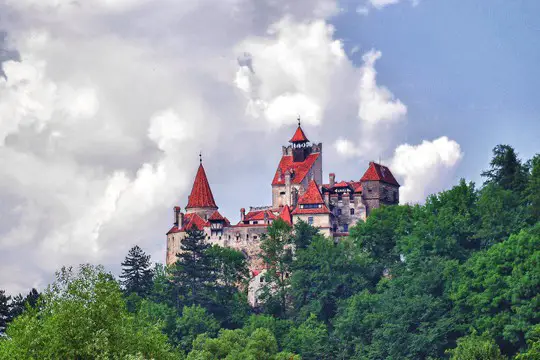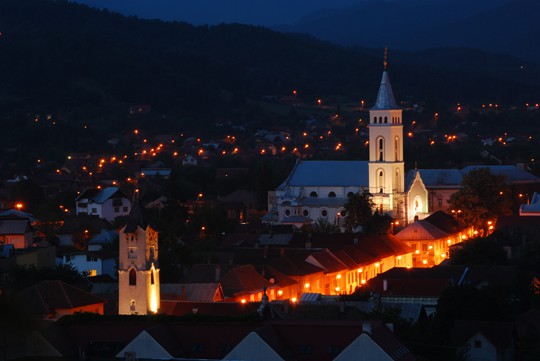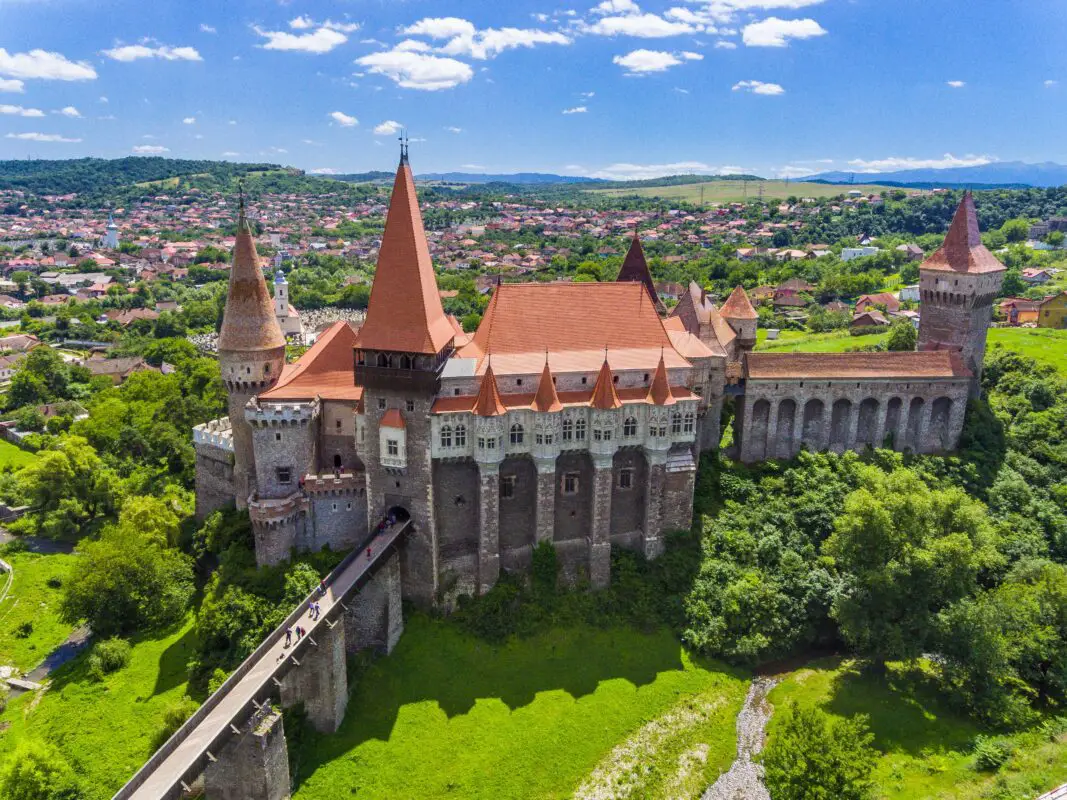Whenever someone mentions Romania, we’re pretty sure that you will start thinking about Bram Stoker’s tale of Count Dracula, an immortal blood-sucking warlord who instilled fear in the hearts of the Transylvanians. Surprisingly, Dracula’s Castle is one of the top attractions in the country but that isn’t all that Romania has to offer!
After the decline of the Ottoman Empire, Romania was declared as a nation through a union between the kingdoms of Wallachia and Moldavia in the late 19th century. Following the First World War, Romania annexed the nearby kingdoms of Transylvania, Bukovina and Bessarabia. The country underwent an immensely rapid economic growth in the 2000s and is one of the major tourist attractions in Europe. Romania is known for its rich history, Medieval Architecture, Castles, Wooden Churches and several breathtaking natural and manmade wonders. If you want to experience the best of Romania here are a few things that you must do…
The Fortified Churches of Biertan
Located in the Transylvanian region of Romania, Biertan was founded by the Germanic Transylvania Saxons around the 16th century AD. The churches are built in a Late-Gothic style with hints of Renaissance influence in the architecture. The interiors display various influences from the gothic, Moorish, Islamic and other medieval European architectural styles. These were briefly Roman Catholic, but following the Reformation era, it was converted to Lutheran. Fearing Ottoman invasions, the king allowed the Transylvanian Saxons to bear arms and instead of building a separate castle or fortress, they fortified the churches that surrounded the region. There is a total of 9 towers which surrounded the central structure. The town of Biertan was declared a UNESCO world heritage site in 1993 and has remained one of the top-visited attractions in Romania.

The Dracula Castle
Where on one side Romania has a marvellous collection of churches, it is also home to the abode of Vlad Tepes also known more famously as Count Dracula. Surprisingly despite the horrific legend related to his name, Vlad Tepes was considered a Romanian folk hero who protected the population from the wrath of the Ottoman Turks. The castle was first built in wood by the Teutonic Knights in 1212 but was destroyed by the Mongols in 1242. Later in the 14th century King Louis I of Hungary gave permission to the Saxon to build a fortified base against the Ottoman Empire. By the early 20th century the Castle became the royal residence of the Romanian Monarchy but was later taken over by the communists during the events of the Second World War. Today the Castle stands in its full glory and is currently on sale by Archduke Dominic.

Bucharest
Bucharest is the financial capital and the largest city in Romania and lies on the banks of Dambovita River which is just 70 kilometres from the Danube River. The town was also known to be the residence of the Wallachian prince Vlad Tepes or Vlad the Impaler. The city later came under the rule of the Greeks from Constantinople and later came under the administration of the Russian and the Austrian government. The town developed into a modern state under the patronage of the Kingdom of Romania and was also nicknamed as ‘Little Paris’ due to the similarities in the architecture. The city today still preserves a majority of its Old-world charm which remains of high tourist interest. Bucharest is also surrounded by several lakes and botanical gardens.
Peles Castle
Built in a striking neo-renaissance style the Peles Castle is located in the Carpathian Mountains between the ancient route that linked the Kingdoms of Wallachia and Transylvania in the medieval era. Following the several medieval age wars against the Ottoman Empire and the 20th century World Wars, the castle was also occupied briefly by the communist regime. The Peles Castle combines what can be called palace but is built in a manner akin to castle architecture. The castle is spread across 3200 sq meters with 170 rooms with offices, libraries, art galleries and armouries and is surrounded by several botanical gardens. Today, visitors get to view the castle through a guided tour that covers the ground, first and the second floor.

The Churches of Bucovina And Maramures
Also, known as the Painted monasteries and churches of Bucovina and Maramures, the churches are majestic examples of the Byzantine architecture in Romania and the world. The outside walls are painted with 15th and 16th-century frescos and feature portraits and paintings of famous Saints and Prophets, the various depictions of the life of Jesus and several images of Heaven and purgatory with angels and demons. The churches are built in a marvellous Byzantine architecture with high wooden spires. The best preserved of these monasteries are located in Voronet, Sucevita and Moldovita.
Baia Mare
Located in the north-west part of Romania, Baia Mare is the capital of Maramures County and is one of the most important mining locations in Romania. The town has a history which is more than 2000 years and is known for its marvellous architecture displayed in the houses and the open squares with a plethora of shops, cafes and restaurants. The town is famous as a relaxing holiday retreat with the oldest house dating from the 15th century. The townsfolk are welcoming and few of the friendliest people you can find across Europe. The town was built under the Austro-Hungarian Empire and still preserves the historical heritage through its townsfolk and architecture.

Romanian Country Side
The real Romania is not in the majesty of its cities and townships, but in the calm and remote countryside that it has to offer. Most locations totally fit the description of places out of Robert Frost poems and take you almost 100 years back in time. It displays a typical European rural world with farmers working with large scythes and surrounded by piles of hay. The way to explore is simple and is done either on foot or on horse-drawn carts. The Maramures region, the Saxon region and Szekely region in Romania are best for experiencing the fresh Romanian countryside. You can also visit the Rodna National Park located in northern Romania and is rich with several peaks, mountains ridges, pastures, springs and forests.
Visiting Romania is not only best for experiencing the best of Medieval European culture but is also a gateway to some of the most pristine countryside and other natural reserves. Make sure you put the above places in your itinerary before you pack your luggage for your trip to Romania.

Rohit Agarwal
This article was written by travel-lover Rohit Agarwal, an architect from India who likes to witness the best architectural marvels across the world! He loves to explore the best tourist spots across the globe and is a writer for several travel websites.
